When artificial intelligence meets photonics, a cross-disciplinary dialogue about the future quietly unfolds. On July 27, the AI Photonics International Summer School successfully concluded at the Hangzhou International Campus of Beihang University. The program was hosted by Beihang University and co-organized by the Sustainable Photonics Research Center and the International Education Center, Hangzhou International Innovation Institute (H3I) of Beihang University. With the theme of “Advancing with Light, Leading the Future of Intelligence”, the summer school brought together nearly 100 faculty members and students from 13 countries. Through special lectures, hands-on activities, and group presentations, the program explored the innovative applications and development trends of artificial intelligence (AI) and photonics in communication, sensing, computing, and other fields.
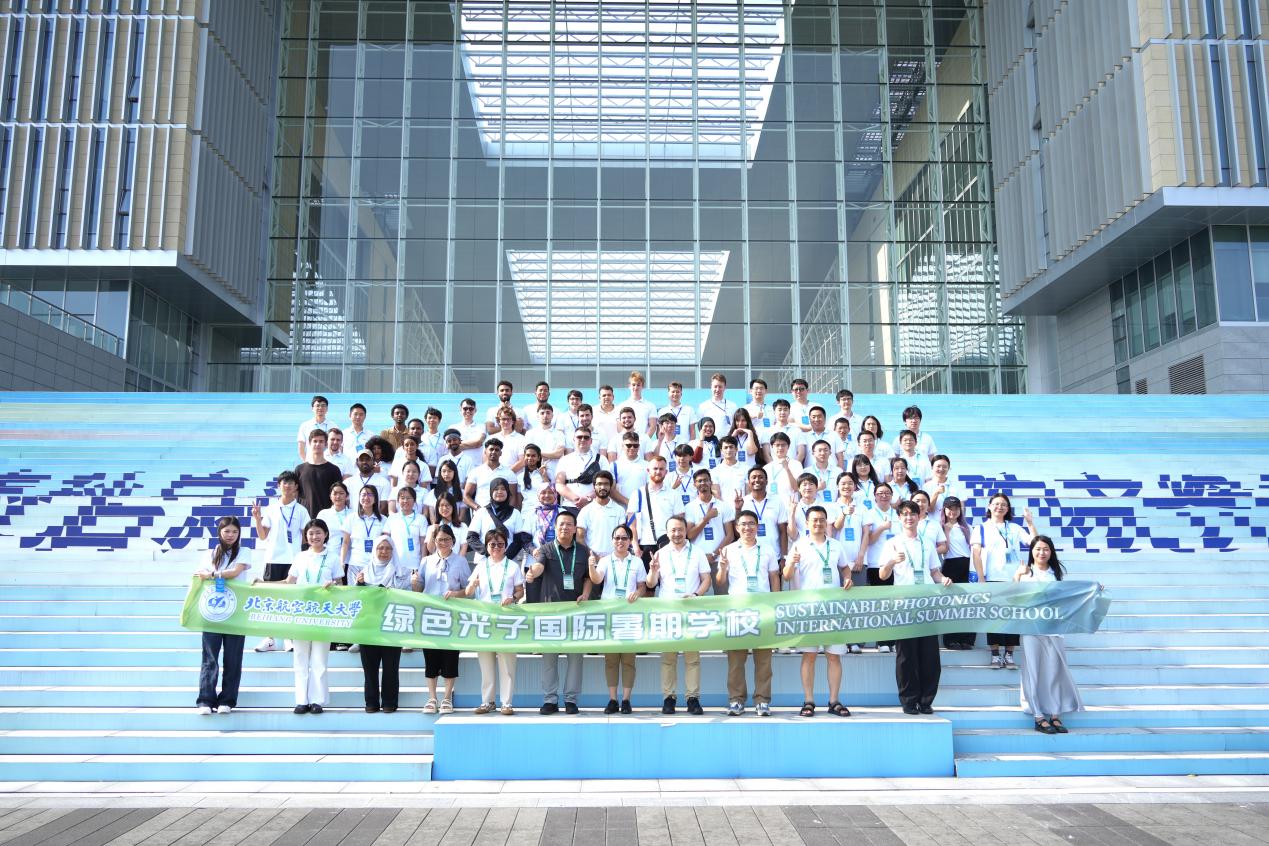
Professor Perry Shum, President of the IEEE Photonics Society, was invited to deliver an opening speech at the AI Photonics Summer School. He pointed out that the deep integration of artificial intelligence and photonics was triggering a paradigm shift in computing technology. On the one hand, the hardware innovation from traditional CPUs to novel photonic chips continues to break through AI's computing power limits; on the other hand, the collaborative development of quantum computing and intelligent algorithms is accelerating the leapfrog development of fiber-optic sensing and other photonic technologies. To deepen international academic exchange and broaden participants' professional horizons, the summer school invited 13 renowned photonics experts and scholars to give lectures covering the photonics innovation chain from the fundamentals of quantum physics to medical and healthcare applications, with a focus on three cutting-edge directions: metamaterials, biomedicine, and intelligent communications. Professor Yuan Xin from Westlake University presented snapshot compression imaging technology based on deep learning; Professor Li Lan demonstrated flexible photonic devices in wearable applications; Professor Lin Xiao from Zhejiang University interpreted the anomalous Doppler effect in free electron radiation and its novel light source design; Professor Li Qiang and Professor Li Ying discussed the regulation of thermal-radiation symmetry and the optimization of heat-flux topology, respectively; Professor Wang Xiaofei from Beihang University discussed an ophthalmic disease prediction system based on fiber-optic intraocular pressure sensing and AI; Professor Huang Chongwen from Zhejiang University elaborated on AI-enabled 6G intelligent meta-surface communications; Professor Ma Yaoguang focused on optical metamaterials and structural color applications; Professor Li Jin from Beihang University demonstrated the metasurface-based 3D holographic display technology; Dr. Lian Zhengang, CTO of Yangtze Optical Electronic Co., Ltd. (YOEC), discussed the design, preparation, and industrial application of specialty optical fibers; Associate Professor Yan Guofeng from Zhijiang Lab outlined the application of specialty fiber-optic sensors for medical applications; Professor Zhang Xiaobei from Shanghai University lectured on high-precision resonant cavity fiber-optic sensing technology; and Professor Wu Yingjie from Zhejiang University explored polariton control in natural and artificial materials.
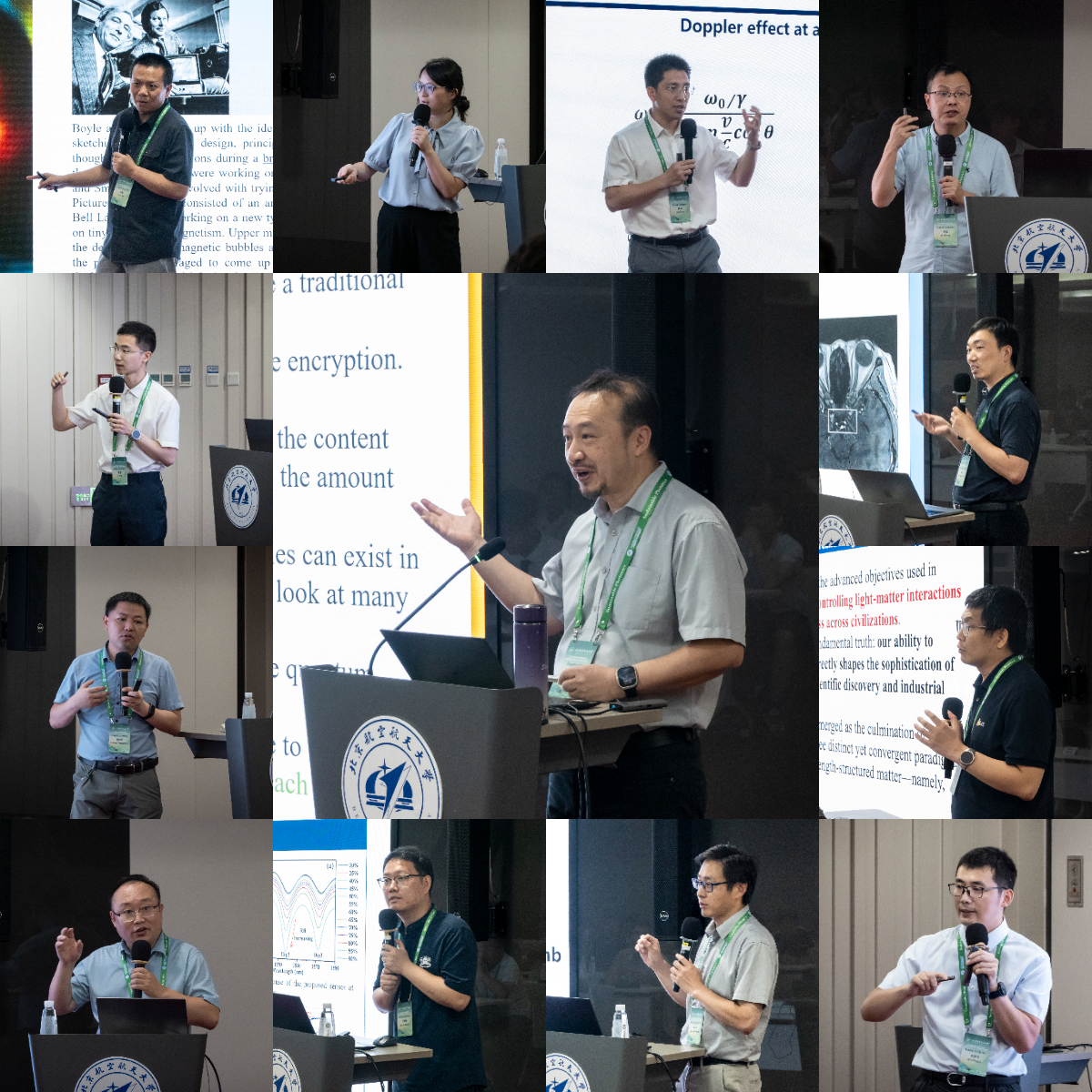
To promote the deep integration of optical theory and engineering practice, the summer school invited LBTEK, a leading optoelectronic firm in China, to give a dedicated workshop. In an interactive classroom, participants systematically studied the principles of optical component design and their application in industry. The classroom atmosphere was lively and exploratory. The hands-on operation focused on demonstrating professional equipment such as the DOE beam splitter, the DOE homogenizer, and the Köhler illumination system. Through debugging on their own, participants gained a deep understanding of the structure and working principle of optical devices. This instrument innovatively integrates computational hyperspectral imaging, deep learning, and large AI model technology, making TCM diagnosis smarter and faster. Its precise and sensitive detection performance has attracted many participants for firsthand experience. Through the full-process design of “theory-practice-application”, this practical activity has not only broadened the industry vision of the participants, but also vividly presented the complete innovation chain of optical technology from laboratory research to industrial application.
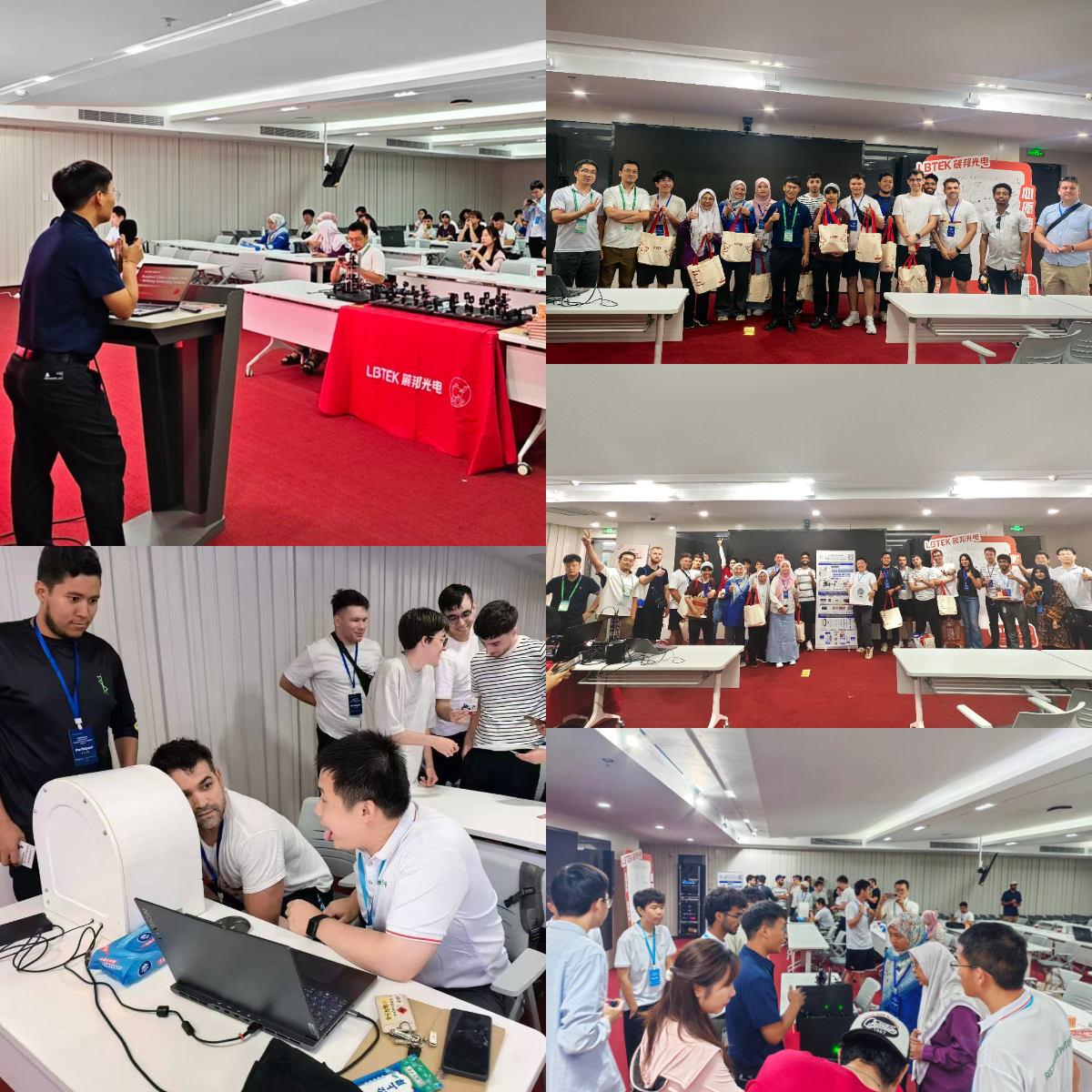
In the academic presentation, participants were divided into six teams for in-depth discussions on cutting-edge topics in AI Photonics. The first team focused on fiber-optic temperature sensing technology and innovatively explored the potential application of Agentic AI in data processing; the second team systematically reviewed the latest research progress and application prospects of integrated photonic chips in environmental monitoring; the third team conducted a comprehensive comparative study on free-space optical (FSO) communication and visible light communication (VLC) technologies, spotlighting large-turbulence compensation algorithms and spatial diversity receivers; the fourth team reported in detail the breakthroughs of photonic computing technology in alleviating the energy crisis of AI, and analyzed and compared the performance advantages of photonic chips and traditional electronic chips; the fifth team discussed the AI-photon structure monitoring system and conducted in-depth research on the collaborative application of distributed fiber-optic sensing technology and LSTM algorithm in infrastructure health monitoring; and the sixth team delved into the field of quantum optics, systematically explaining the preparation principle of frequency entangled photon sources and prospectively exploring their application prospects in quantum communication. These high-quality academic presentations not only demonstrated the participants' profound understanding of the interdisciplinary studies of AI Photonics but also reflected the outstanding achievements of the summer school in cultivating versatile, innovative talent.
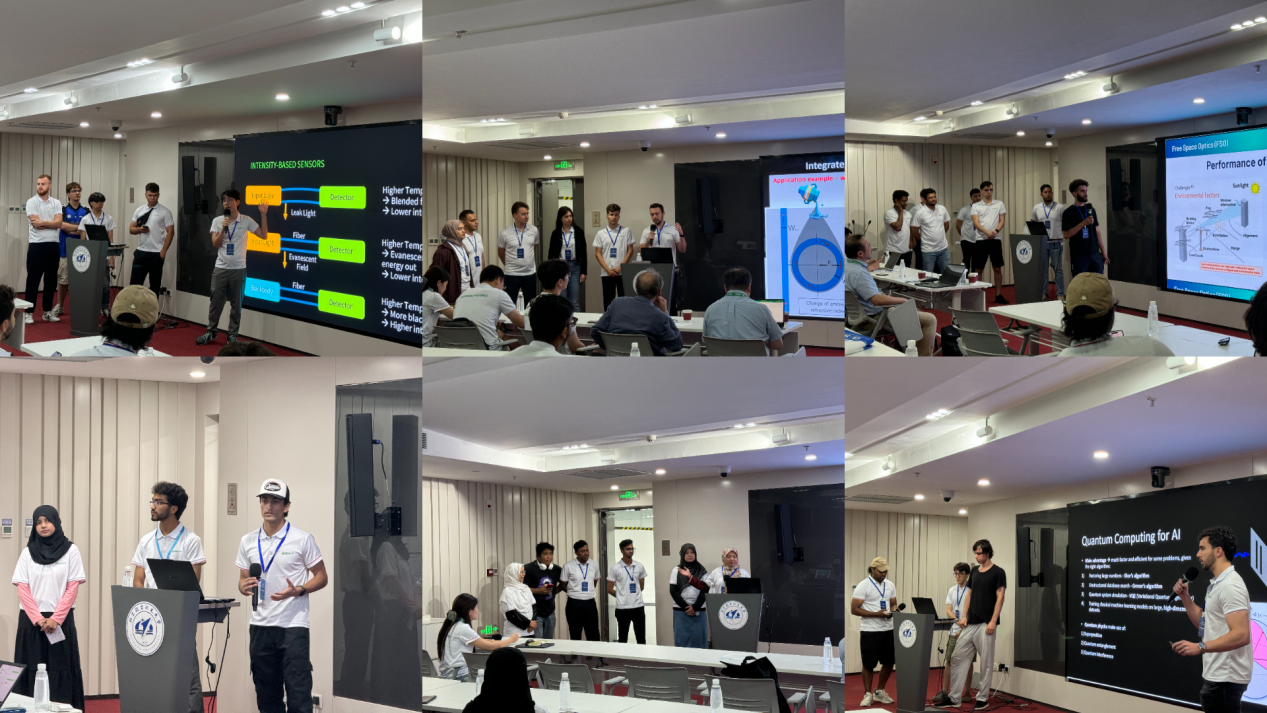
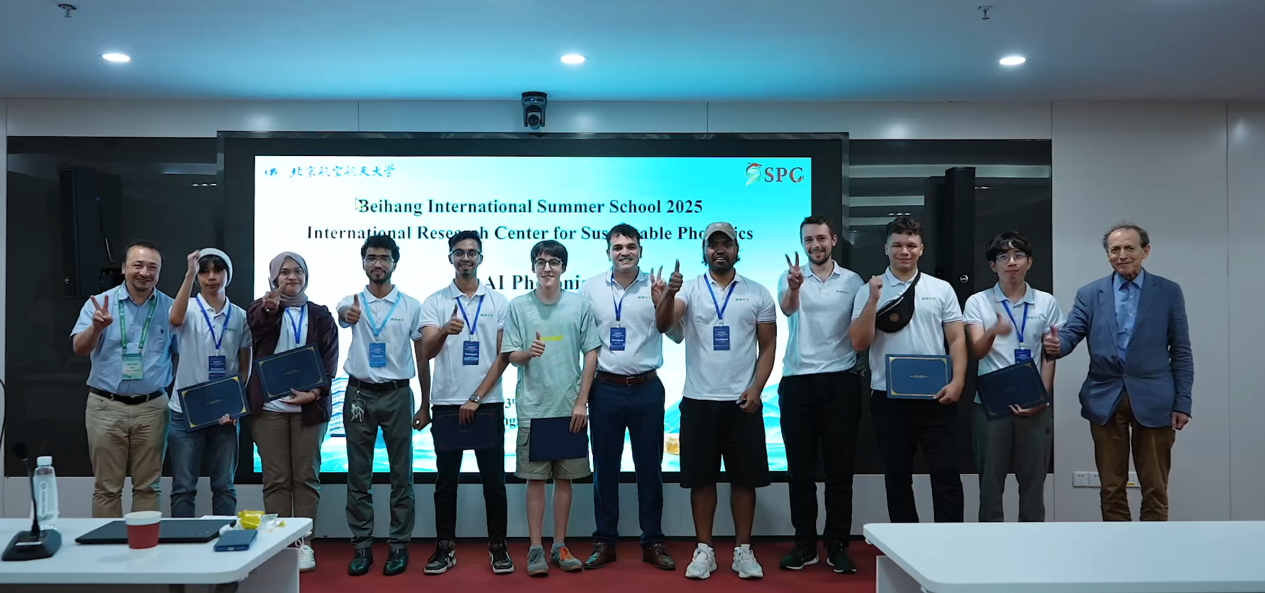
Beyond the academic exploration, the summer school curated a variety of cultural and entertainment activities and built a diverse and open international cultural exchange platform, allowing participants to foster sincere friendships through laughter and cooperation. Each evening, participants played hard on the basketball court, releasing their youthful energy; collaborated seamlessly on the volleyball court, demonstrating team spirit; or threw frisbees across the green grass, experiencing the passion and joy of sports. The talent show on the afternoon of July 17 was exciting: the graceful sound of erhu, the clear melodies of flute, the cheerful sounds of harmonica, and passionate Spanish songs performed in turn, creating a youth symphony that transcends cultures and borders. At the mindfulness & meditation workshop on the morning of July 24, participants followed a mind instructor to feel the power of concentration and awareness in tranquility through breathing regulation techniques and sensory focus training.
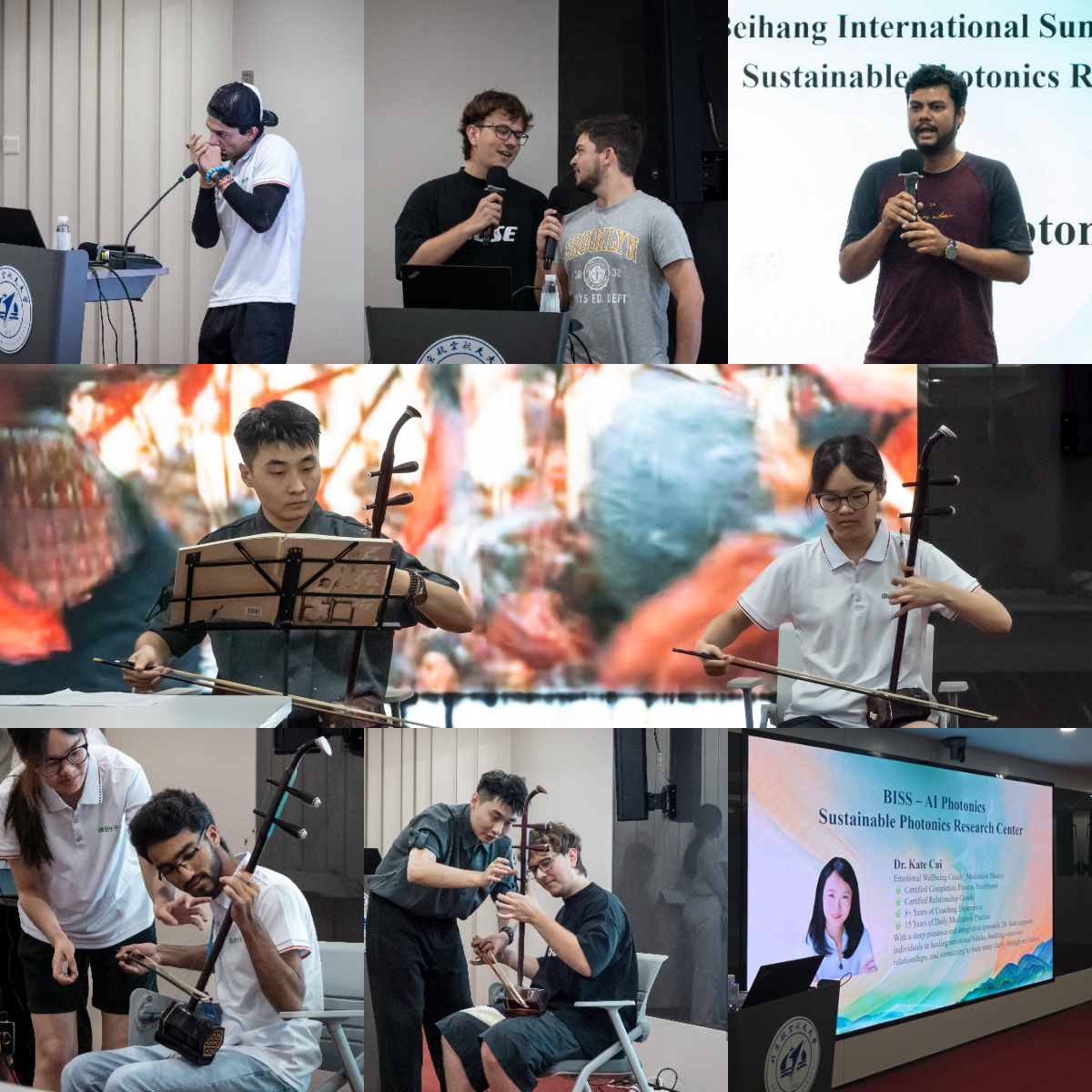
During this summer school, the Sustainable Photonics Research Center and the School of Instrumentation and Optoelectronic Engineering organized a volunteer team consisting of 32 master's and doctoral students and postdoctoral fellows. These volunteers embodied the spirit of passion, excellence, responsibility, resilience, and innovation. They cooperated and learned from each other with international participants during technical seminars and cultural exchanges to foster deep international friendship, build cross-cultural and interdisciplinary academic exchange bridges, and fully demonstrate the professional competence and global outlook of the photonics students in the new era.
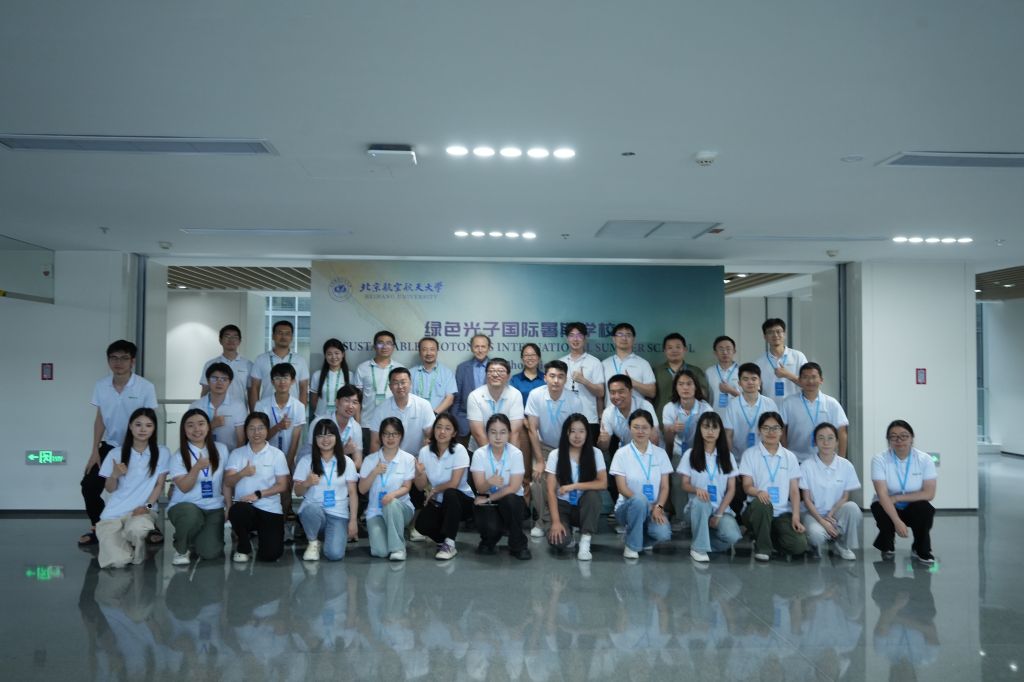
At the closing ceremony, international participants expressed their sincere gratitude to the organizers: Professor Wang Hao, Professor Yu Xia, Associate Professor Fu Bo, Associate Professor Dang Hong, and Associate Professor Xiong Daiqi. Speaking on behalf of these participants, Hasanain Naser said: “I would like to extend my deepest gratitude to all fellow students for making this journey unforgettable and fulfilling; to all experts and scholars for sharing their knowledge with inspiring professional dedication and attentive guidance; and to the volunteer team for their tireless work and dedication. It is invaluable to acquire knowledge and make progress with classmates and to forge friendships during academic discussions and scientific collaboration. Once again, I would like to thank you for this wonderful experience and look forward to continuing our academic relationship in the future”.
Advancing with light, leading the future of intelligence. The AI Photonics International Summer School takes light as the link and intelligence as the engine. Let us cherish this light-chasing summer in Hangzhou and look forward to meeting again in the boundless horizon of intelligent photonics - for innovation knows no end, and we will always “advance with light”.
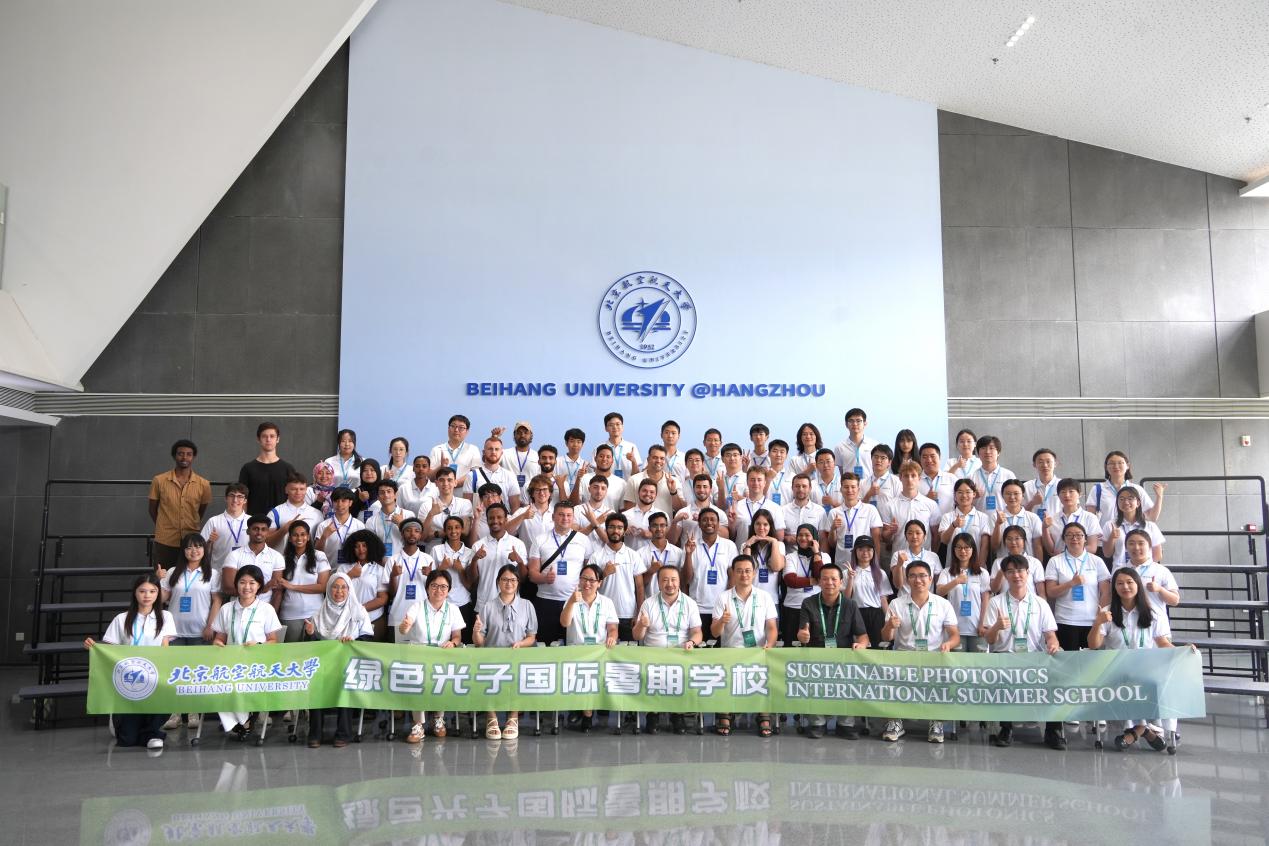
Approved by Dong Zhuoning, Zhang Wei, Xu Ran
Edited by Yuan Xiaohui

